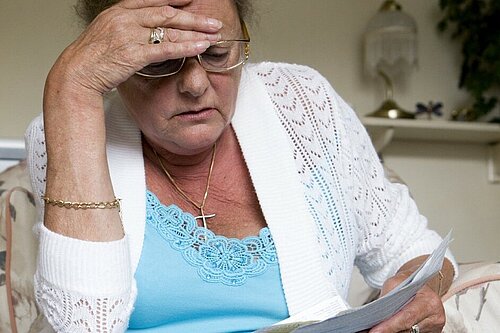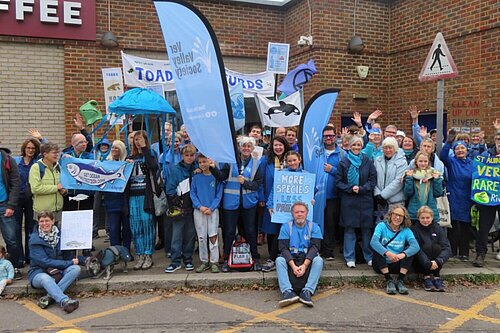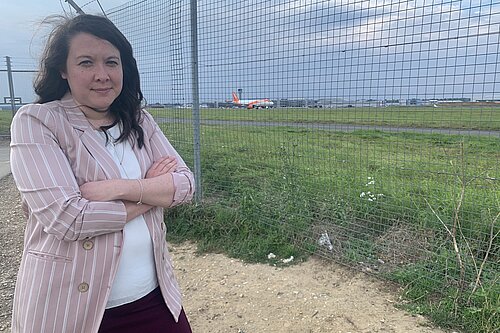
Harpenden & Berkhamsted Liberal Democrats
serving Tring, Berkhamsted, Harpenden & Villages


First ever national social care protest should be “wake up call” for government
Lib Dem MPs joined local care workers in the first ever national protest outside Parliament highlighting the social care crisis.

Victoria's listening tour for Safer Internet Day
Victoria Collins MP is embarking on a tour of local schools to hear first hand from students about their experiences of social media and its impact on mental health.

Victoria Collins MP votes for compensation for WASPI women
Victoria Collins MP, voted for a Bill paving the way to give compensation to WASPI women. This follows an independent report that found they had suffered an injustice due to a failure to properly inform them of pension age changes.

Missed opportunity to stop customers footing bill for water company failures
Victoria Collins MP slams missed opportunity to stop customers footing bill for water company failures, whilst sewage dumping locally continues

Victoria Collins MP responds to Chancellor’s support for airport expansion
"The Chancellor’s support for expanding Heathrow airport shows an endorsement for airport expansion that’ll be deeply worrying for our local communities fighting tooth and nail against the expansion of Luton Airport"
UK Lib Dem news

Taking on Trump & Farage – and fixing church roofs
Leader's Speech to Spring Conference 2025

Animal Welfare in the Food System
The Liberal Democrat plan commits to making the UK a global leader in animal welfare through stronger standards, workforce investment, and ethical farming practices.

Taking on Trump
Only the Liberal Democrats will stand up to Trump, invest in the UK’s security, support Ukraine, hold back Russia, deepen our ties with European and commonwealth partners, and stand up for liberal, British values.
